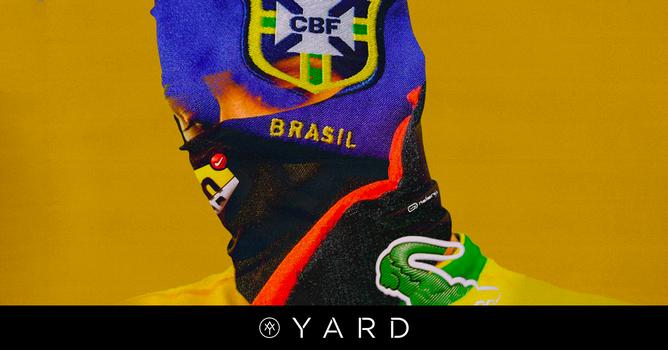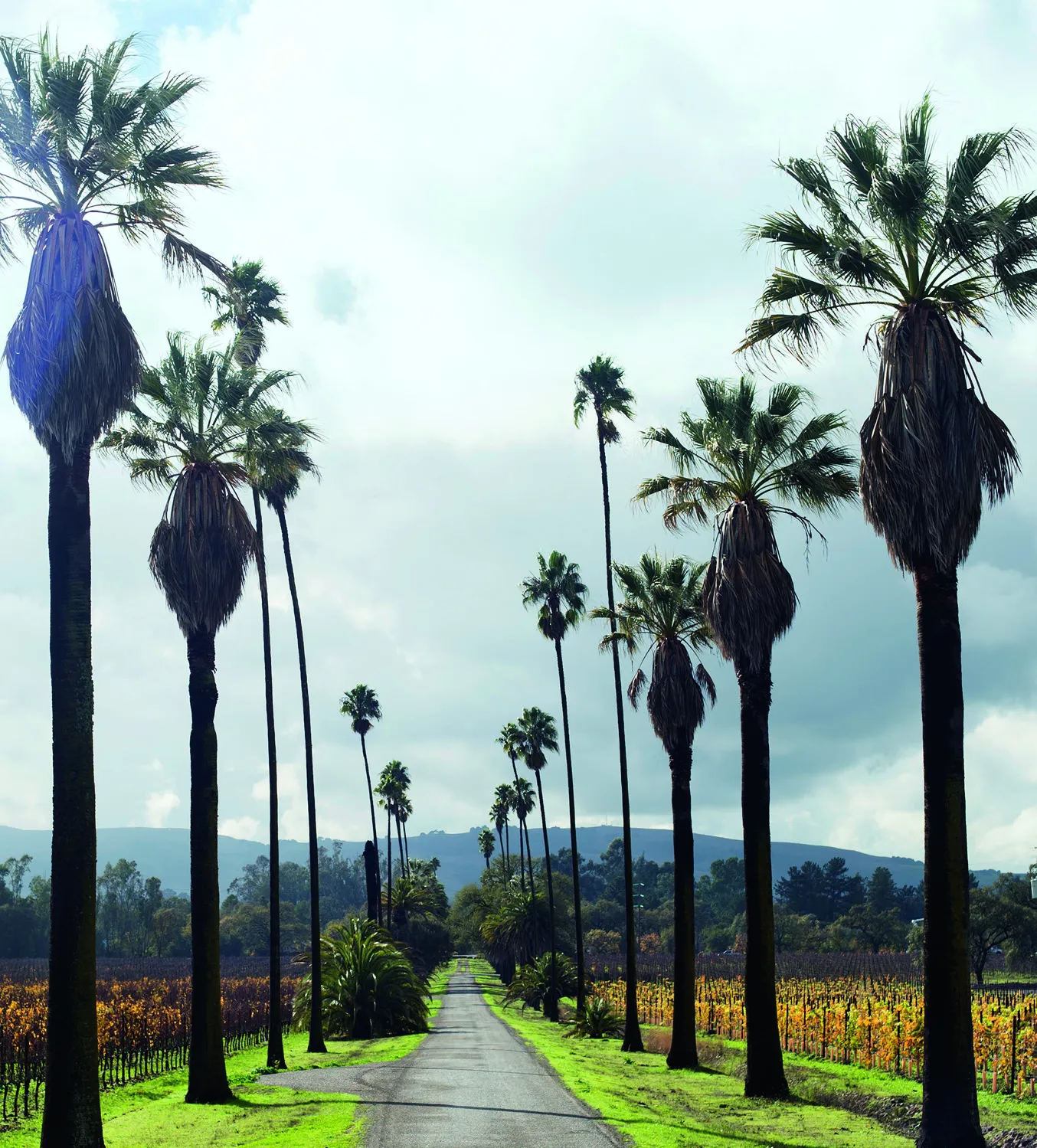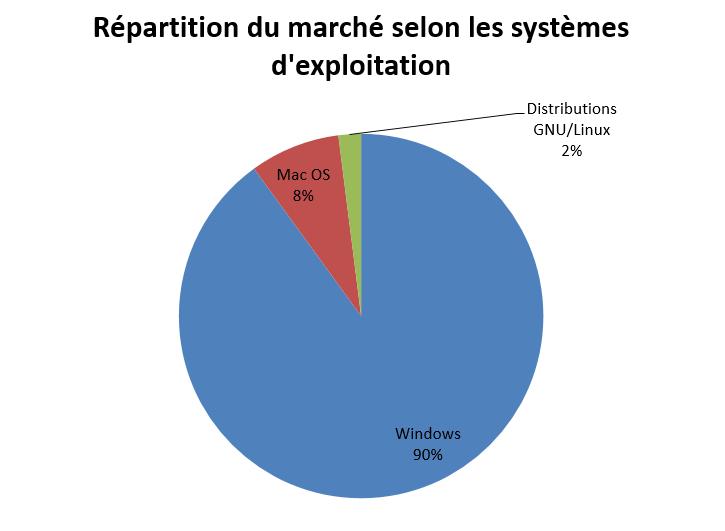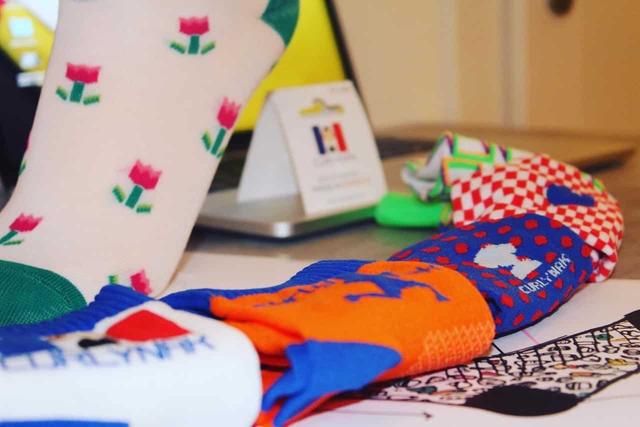From Kalenji to Lacoste: in Brazil, the street influences the street with the «Sportlife »·Global Voices
Une photo, deux types qui posent sous signe Jul. Paire d’Asics aux pieds, jogging Nike, maillot d’Arsenal et veste Kalenji. Un starter-pack qu’on connait tous et qui ne surprend plus. C’est en regardant la localisation de plus près qu’on est davantage surpris : on est à Comunidade do Real Parque, quartier de São Paulo, au Brésil. Et ce style-là, au pays des artistes du ballon rond, est en train d’émerger comme une véritable sous-culture : le sportlife.
One, two, then hundreds of comments and messages in Portuguese. At first, the community manager of Kalenji's Instagram account didn't really care. Then, faced with the growing number of requests, he eventually opened them, translated them, and enquired. We've been asked for a lot of messages in Portuguese.
By clicking on a hashtag # kalenjisportlife, a whole world on the other side of the Atlantic opens up to them. Hundreds of accounts, thousands of photos of young Brazilians proudly bearing the Kalenji logo and claiming to belong to a movement that, until then, had not been aware of the brand's belonging. That of a disadvantaged youth in the favelas of Brazil who only wants to create. Sportlife is their style, but it's mostly their life: sneakers and running clothes are the uniforms of these creative young people who live their lives like a race. "I'm used to saying that we're everyday athletes. This is Vinicios Souza, a young rapper from Sao Paulo whose identity revolves around the phenomenon as evidenced by the sound he devoted to the movement or the replica of the crocodile Lacoste tattooed in the middle of his torso.
Sportlife is basically the style of the young French suburb, but in Brazil. The predilection marks are the same: Lacoste, Kalenji, Nike, Umbro, Oakley, Asics or the North face. For several decades, the neighbourhoods of France have adopted a characteristic style recognizable between a thousand. These dress codes are now exported outside our borders thanks to social media and carried by artists and athletes from these so-called neighbourhoods.

"it came out quite naturally, we were influenced a lot by European artists and when it really became a fashion, we put a word on it: sportlife. It started in 2018, today in every neighborhood in Brazil, young people are sportlife. It's not just a style, it's a way of life, it encompasses what people listen to, where they hang out, "explains Danton Vasconcelos, a young Brazilian artist and aficionado of sportlife. His Instagram account resembles that of many Francilian or Marseille suburban men, with one exception: he poses. The pace is the same: TN, Gucci cap, bag … But everything seems sublime, thoughtful. DaN, indeed, takes his style seriously. This is why he was chosen by Samir Bertoli and Amanda Adász, two directors, to represent sportlife in a video project dedicated to these "everyday athletes". Alongside Vinicios Souza and Raphaela Nathany, more than just a style, he embodies a community.
"we came across more artistic photos, in argentique, it surprised us a lot but also pleased. Samir Bertoli contacted us on Instagram to tell us about a project he had, about this movement in Brazil that we did not know, Paul Gonnet details. And so he offered to tell us about this movement through a mini video and portraits of three people. Sportlife here is the everyday sportswear, getting out of home in jogging, in a technical jacket or in a football jersey, something that we experience quite normally but that they have reappropriated in their environment. "
The movement began in the favelas of São Paulo a few years ago without knowing exactly how. "before the term became popular in Brazil, we used to dress in sports clothes, but not like that," Raphaela says. By copying the footballers, we had a 'favela style' for years, but when the European references were introduced, it changed everything. Lacoste really broke into the favelas first. In any neighborhood you're going to, there'll always be a kid with Lacoste, even if it's fake. Lacoste was one of the first European brands to really make a place in the outfits of those who today proudly call themselves the "lacosteiros". These soldiers of the brand with the crocodile logo swear only by it, resell each item at a golden price on dedicated Facebook groups that burst on the platform and even have their anthem, "Tropa da Lacoste" (Lacoste's troupe), by rapper Kyan.







